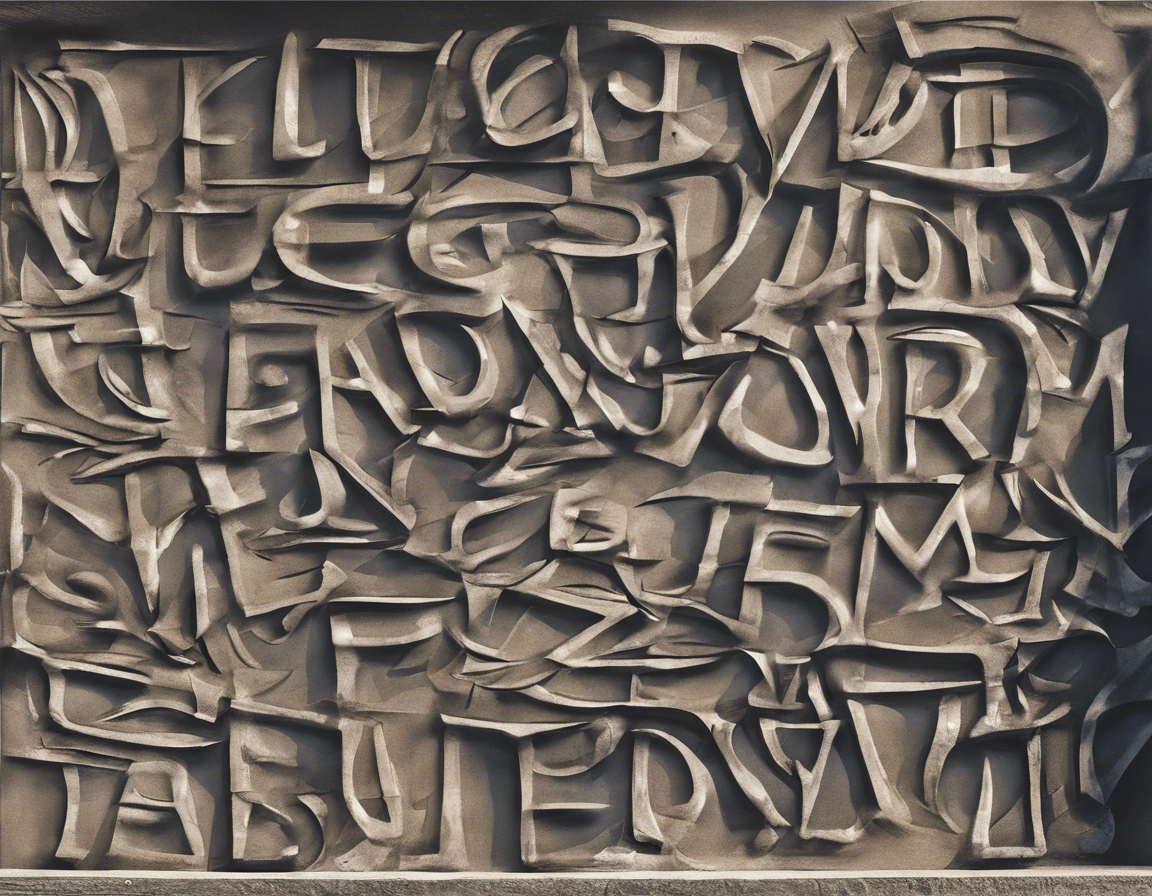In the realm of technology and computing, the term IT is ubiquitous, often used interchangeably with terms like information technology and information systems. But what does IT actually stand for? In this comprehensive guide, we will delve deep into the world of IT and unravel its full form, its significance, and its role in the modern digital landscape.
Understanding the Full Form of IT
IT stands for Information Technology. It refers to the utilization of computers, software, networks, and other electronic devices to store, process, transmit, and retrieve data. Information Technology encompasses a wide range of technologies and systems that are used to manage and deliver information.
Components of IT
- Hardware: This includes physical devices such as computers, servers, routers, and storage devices.
- Software: Applications, programs, and operating systems that enable users to perform specific tasks.
- Networks: Infrastructure that allows devices to communicate and share information.
- Databases: Systems for storing, organizing, and retrieving data efficiently.
The Significance of IT
Information Technology plays a crucial role in businesses, organizations, and society at large. Some key aspects of its significance include:
- Efficiency: IT systems automate tasks, streamline processes, and enhance productivity.
- Communication: Email, video conferencing, and instant messaging facilitate seamless communication.
- Data Management: IT enables the secure storage, retrieval, and analysis of vast amounts of data.
- Innovation: Advances in IT drive technological innovations and create new opportunities for growth.
- Global Connectivity: IT bridges geographical barriers, connecting people and businesses worldwide.
IT in the Digital Age
With the ongoing digital transformation, the importance of Information Technology has only intensified. Cloud computing, artificial intelligence, big data analytics, and the Internet of Things are reshaping industries and fueling economic growth. IT professionals are in high demand, with specialized skills needed to navigate this evolving landscape.
Careers in IT
The field of Information Technology offers a plethora of career opportunities, including:
- Software Developer: Designing and creating software applications.
- Network Engineer: Managing and optimizing network infrastructure.
- Cybersecurity Analyst: Protecting systems and data from cyber threats.
- Data Scientist: Analyzing complex data sets to extract insights.
- IT Manager: Overseeing IT operations and strategy within an organization.
FAQs: Answering Common Queries about IT
1. What is the difference between IT and IS?
IT refers to the technology itself, while Information Systems (IS) encompasses both the technology and the people who use it to achieve business objectives.
2. Is a degree in IT worth it?
Yes, a degree in Information Technology can lead to a rewarding career with opportunities for growth and high earning potential.
3. How can I gain IT skills?
You can acquire IT skills through formal education, certifications, online courses, and hands-on experience through internships or projects.
4. What are some emerging trends in IT?
Emerging trends in IT include artificial intelligence, machine learning, cybersecurity, cloud computing, and blockchain technology.
5. What is the role of IT in business?
IT helps businesses improve efficiency, streamline operations, enhance communication, and gain a competitive edge in the market.
In Conclusion
Information Technology is the backbone of the digital age, powering businesses, driving innovation, and shaping our connected world. Understanding the full form of IT is just the first step in unraveling the vast and dynamic field of Information Technology. As technology continues to evolve, so too will the role and significance of IT in our lives.
